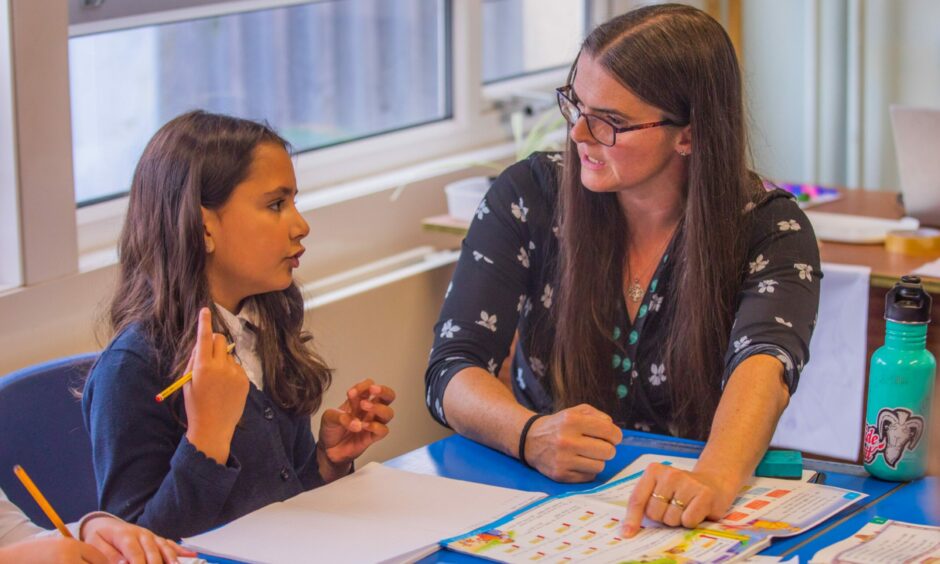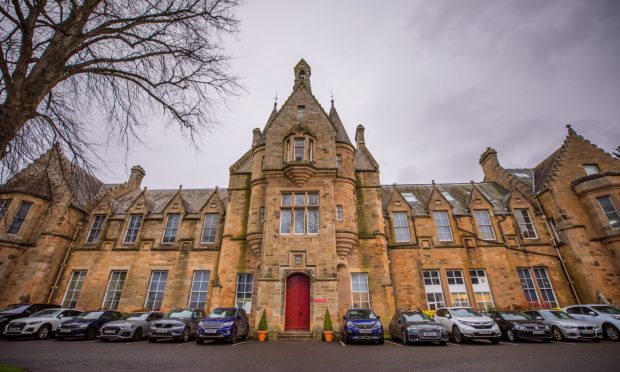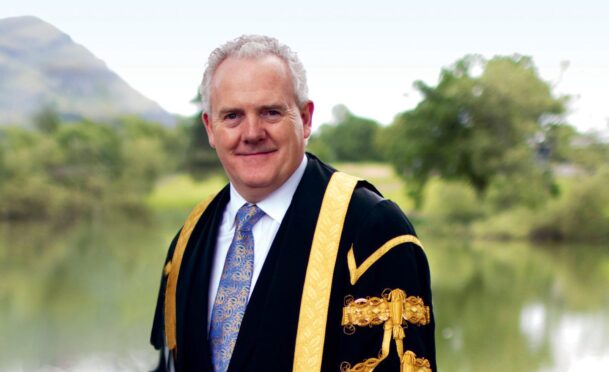Some children may learn a few words or phrases of Gaelic in school – if their school offers taster lessons.
Others – just over 5,000 last year – are taught entirely in the language, at one of around 60 primary schools around the country which offer what’s known as Gaelic medium education.
But should more lessons in the language be offered to children across Scotland to ensure the future of part of our culture?
Or is it a waste of time to teach a language used only by a tiny minority of the population?
As the Scottish Government launches a consultation on promoting Gaelic and Scots, we want to know your views.
What do you think?
The Scottish Government intends to create new legislation to support Gaelic and Scots and is seeking views on how to do so.
The consultation was launched at Goodlyburn Primary School, in Perth, where 24 out of around 250 pupils are taught in Gaelic.
Goodlyburn is one of three primary schools in Courier Country to offer Gaelic medium – the others are Breadalbane Academy’s primary school and Whitehills Primary School, Forfar.
Scotland’s 2011 census found that over 57,000 people spoke Gaelic and over 1.5 million declared themselves Scots speakers.
Most Gaelic speakers live in the Highlands and Islands but there is growth in Gaelic speaking communities across the central belt.
Education Secretary Shirley-Anne Somerville said: “Gaelic and Scots are a significant part of Scotland’s culture and we want to ensure they thrive and grow.
“The situation for Gaelic speakers is an improvement on ten years ago as there are increased numbers in Gaelic medium education and more initiatives in place to support Gaelic in Scotland.
“We now need to build on what is in place and this consultation will show how we can make our measures more effective, ensuring Gaelic medium education continues to grow and provides a high quality education, that Bòrd na Gàidhlig [the public body promoting Gaelic] operates effectively in the promotion of Gaelic, and consideration is given to the creation of a Gàidhealtachd [areas with higher percentages of Gaelic speakers].”












Conversation